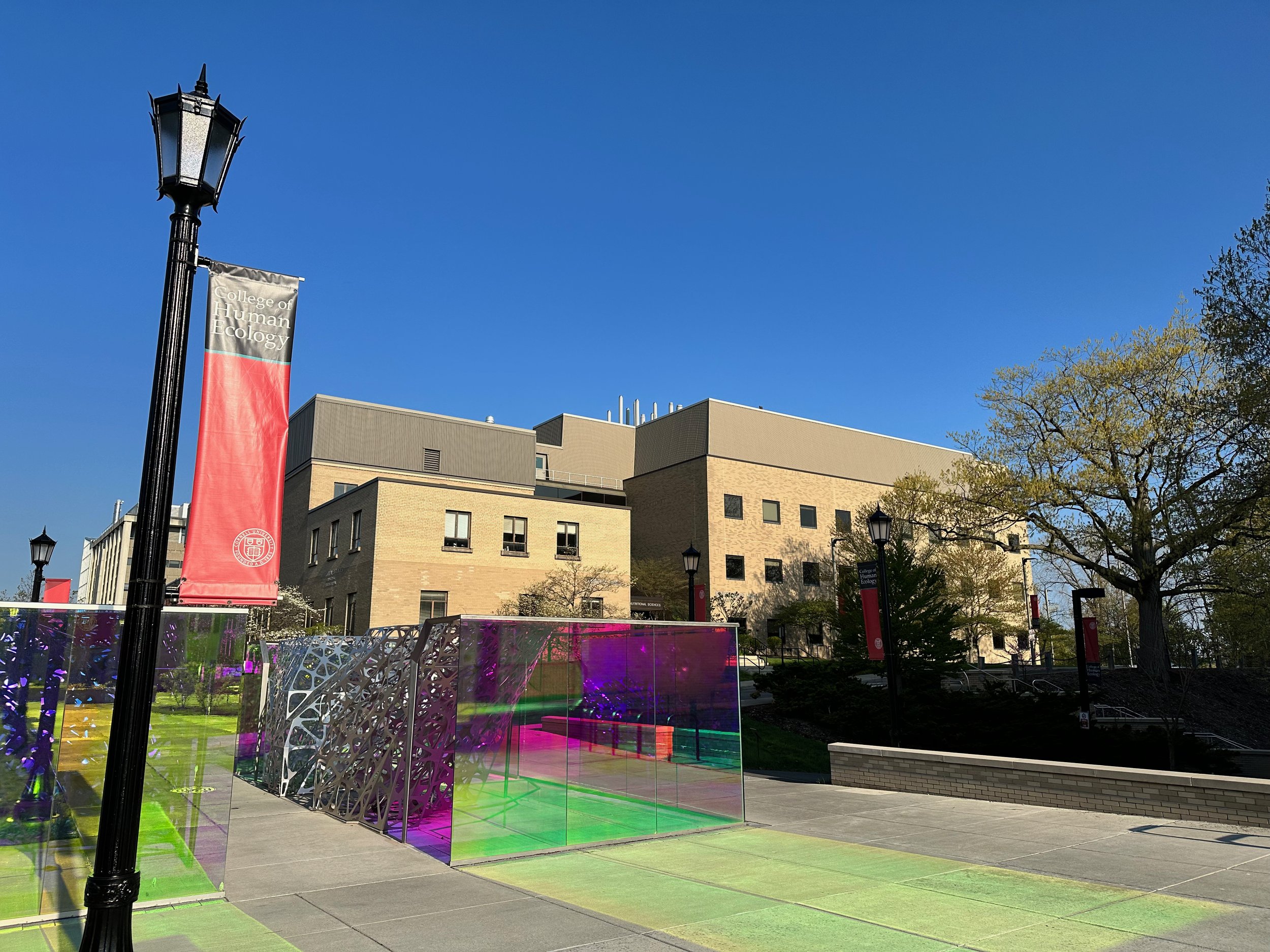
DNA damage can ultimately lead to cancer and aging. What are the causes of DNA damage throughout life? How does DNA damage impact our body? Is there anyway to harness the DNA damage in our body as novel therapies against cancer? These are the major research questions we aim to address.
1. What are the identities and origins of the reactive metabolites that damage our DNA?
Research over the last few years have identified simple reactive aldehydes as a significant source of DNA damage in mammalian cells. These aldehydes are produced as byproducts of metabolism, and attack DNA causing a range of DNA lesions that impede DNA replication and transcription.
What are the metabolic pathways that give rise to these reactive aldehydes and potential other metabolites that attack DNA? To address these questions, we will use genetic, metabolomic and mass spectrometry methods to detect specific DNA damage, and trace their metabolic origins.
2. What are the consequences when the pathways that protect against these metabolic genotoxins fail?
Our metabolism constantly produces reactive aldehydes. Studying how aldehydes damage the cell gives us an opportunity to dissect how physiological DNA damage impacts our health. Mammals have evolved aldehyde detoxification enzymes and DNA repair mechanisms to prevent the accumulation of aldehyde induced DNA damage. Humans with genetic deficiency in either of these protective pathways develop bone marrow failure with inability to make blood cells, and succumb to blood cancers. Transgenic mice deficient in aldehyde protection exhibit accelerating aging of blood stem cells. We now want to understand how aldehyde-DNA damage corrupt normal function at the cellular and organismal level.
3. Can we therapeutically harness these reactive genotoxins to target cancer?
The majority of cancer treatment consist of chemotherapy and radiotherapy that rely on inducing DNA damage to cancer cells. This is particularly the case for acute myeloid leukemia (AML), an aggressive blood cancer where genotoxic chemotherapy treatment has not changed for decades. The chemotherapy lacks specificity and inevitably lead to toxic side effects. Can harness the toxic aldehydes produced in cancer cells as a novel anti-cancer therapy? We want to identify strategies to specifically sensitize cancer cells to aldehyde genotoxicity through either selective inactivation of aldehyde protective mechanisms, or increase aldehyde production in cancer cells.


